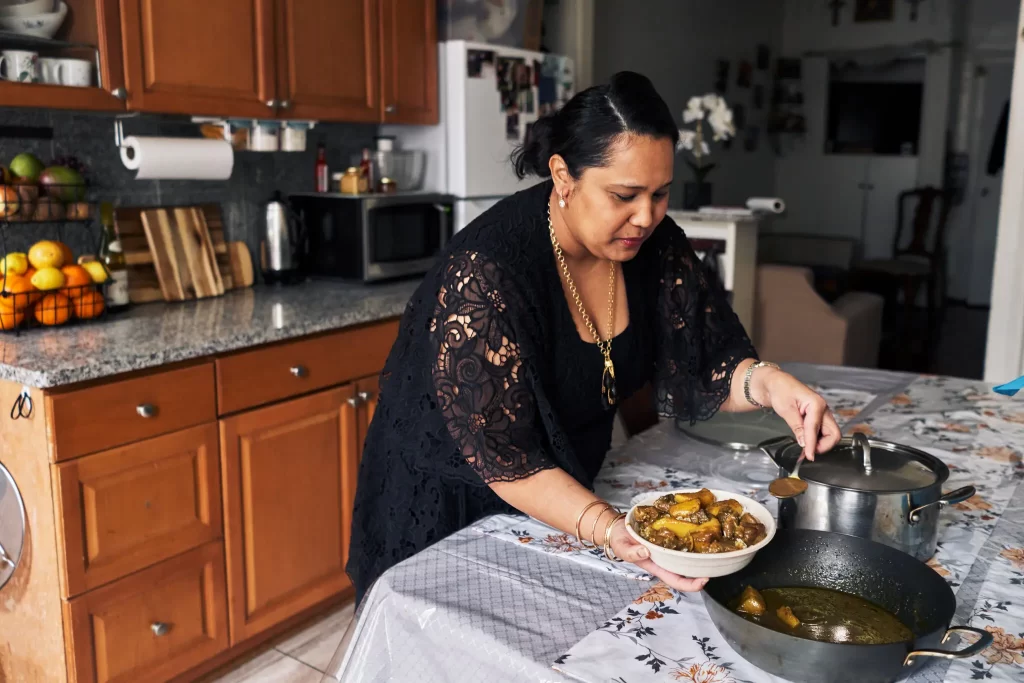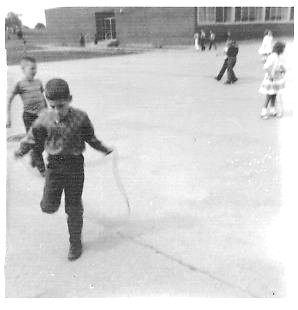(p. B1) LOS ANGELES — David Alvarado barreled south along the highway, staring through the windshield of his semi truck toward the towering cranes along the coastline.
He had made the same 30-minute trek to the Port of Los Angeles twice that day; if things went well, he would make it twice more. Averaging four pickups and deliveries a day, Mr. Alvarado has learned, is what it takes to give his wife and three children a comfortable life.
“This has been my life — it’s helped me support a family,” said Mr. Alvarado, who for 17 years has hauled cargo between warehouses across Southern California and the twin ports of Los Angeles and Long Beach, a global hub that handles 40 percent of the nation’s seaborne imports.
He weathered the blow to his paycheck early in the pandemic when he was idling for six hours a day, waiting for cargo to be loaded off ships and onto his truck. Now the ports are bustling again, but there is a new source of anxiety: the imminent expiration of the union contract for dockworkers (p. B5) along the West Coast.
If negotiations fail to head off a slowdown, a strike or a lockout, he said, “it will crush me financially.”
The outcome will be crucial not only for the union dockworkers and port operators, but also for the ecosystem of workers surrounding the ports like Mr. Alvarado, and for a global supply chain reeling from coronavirus lockdowns and Russia’s invasion of Ukraine. Inflation’s surge to the highest rate in more than four decades is due, in part, to supply chain complications.
The contract between the International Longshore and Warehouse Union, which represents 22,000 workers at 29 ports from San Diego to Seattle, and the Pacific Maritime Association, representing the shipping terminals, is set to expire on Friday. The union members primarily operate machinery like cranes and forklifts that move cargo containers on and off ships.
. . .
The negotiations have centered largely on whether to increase wages for the unionized workers, whose average salaries are in the low six figures, and expanding automation, such as using robots to move cargo containers, to speed up production, a priority for shipping companies.
“Automation allows greater densification at existing port terminals, enabling greater cargo throughput and continued cargo growth over time,” Jim McKenna, the chief executive of the Pacific Maritime Association, said in a recent video statement on the negotiations.
. . .
As he drove past the ports, Mr. Alvarado turned his truck into a warehouse parking lot, where the multicolored containers lined the asphalt like a row of neatly arranged Lego blocks.
It was his third load of the day, and for this round, he didn’t have to wait on the longshoremen to load the carrier onto his truck. Instead, he backed his semi up to a chassis, and the blue container snapped into place.
He pulled up Google Maps on his iPhone and looked at the distance to the drop-off in Fontana, Calif.: 67 miles, an hour and half.
It might, Mr. Alvarado said, end up being a four-load day after all.
For the full story see:
(Note: ellipses added.)
(Note: the online version of the story has the same date as the print version, and has the title “As Dockworkers Near Contract’s End, Many Others Have a Stake.”)



